Be a real Japanese! All the tips here!!!
- Clémence

- Sep 4, 2019
- 5 min read
1/ How to interact with Japanese people?
> If you want to say hello to someone ("kon'nitchiwa"), make sure you look at the person which is in front of you (straight in their eyes!)
> If you ask someone who do not know... In Japan, like in many Asian countries, there is constant fear to lose face. Japanese will prefer to fail / tell you something wrong (even if you are asking for some directions!) than embarrassing themselves and accepting that they are wrong/they don't know/they can't help!
> If you disagree with someone/want to argue with someone, my best advise would be to come back to where you come from! In Japan, they hate conflicts or argues, this is not in their culture. My friend Taro (see Kyoto post) admitted that he never argued in his life, even with his own wife! In Japan, arguing is often seen as a lack of maturity. Japanese tend to adopt a non-confrontational conflict-resolution approach.
2/ How to do business with Japanese?
> If you want to exchange a business card, this is a one-to-one process. In Japan, “business cards are considered an extension of the holder's identity,” according to Colin Joyce of “The Telegraph.” Even if you are meeting a group of 10-15 people, there is no shortcut, make sure you are following. Grab the business card that a person is offering you with your two hands, read it and then acknowledge you read it by bending your body/head forward. Similarly, always give your own business card holding it with two hands. If you sit down to a table, do not pile the business cards or put them away, but make sure the cards are spread in front of you.
> If you are doing business with Japanese people / work in a Japanese company, you will quickly find out how important the hierarchy is. No-one leaves the office before the boss has left. Also, note that drinking with colleagues is regarded as work, so it will be important to make the effort to go to bars/clubs with colleagues/clients.
3/ How to find your orientation in the streets
> Instead of using your data, I highly recommend you to rent a Wifi router. We rented a wifi router with https://www.japan-wireless.com/en. It was very affordable (5 dollars per day or so), very useful and super convenient (as they can deliver it to you at your hotel or you can pick up at the airport and you just need to drop it in a postbox before leaving the country). In order to find our way in the public transport, we were using Google Maps and Citymapper so the wifi was quite key!
4/ How to find an accommodation for your stay in Japan?
We mainly used booking.com but you can also find flats to rent on AirBnB.
Toilets
5/ What to eat in Japan?
Food and specifically sushis is probably one of the first things that come to mind when you think of Japan. You will not be disappointed! (except maybe for breakfasts)
First, don't get confused with the plastic food replicas! It looks like real! If you are intrigued, there are some class available to learn how to make replicas!
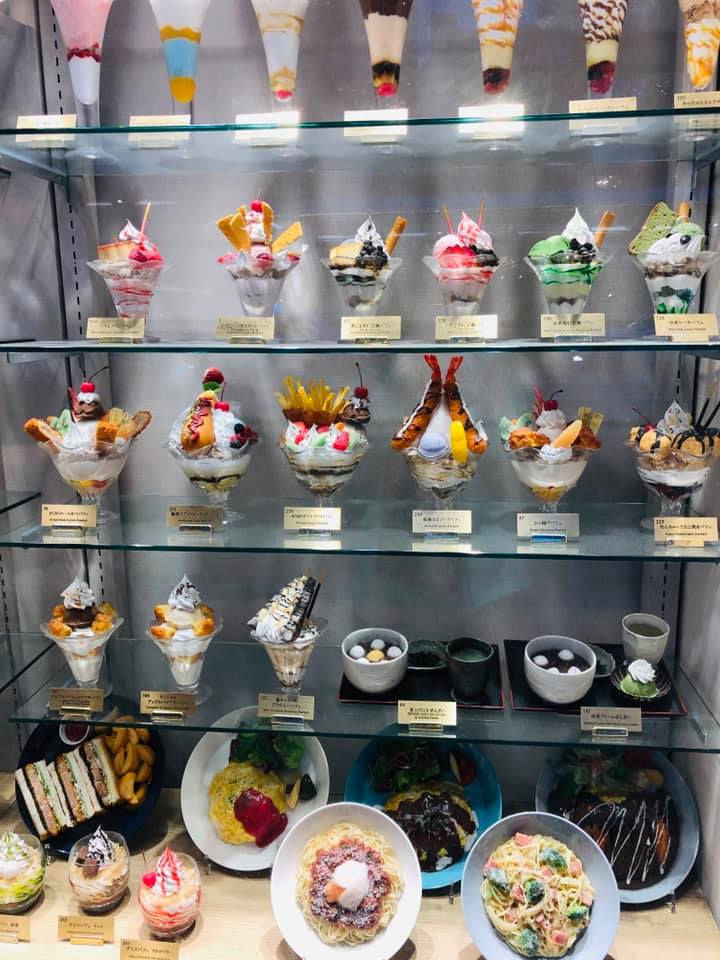
Here are the few iconic Japanese you should try when in Japan:
> Sushis/sashimi to dip into soy sauce - eat them in a traditional sushi restaurant (the sushis are prepared in the middle in front of you) or in a conveyor-belt sushi place. Careful - Japanese tend to systematically add wasabi within their sushis (don't forget to tell them if you like your sushis without wasabi!)
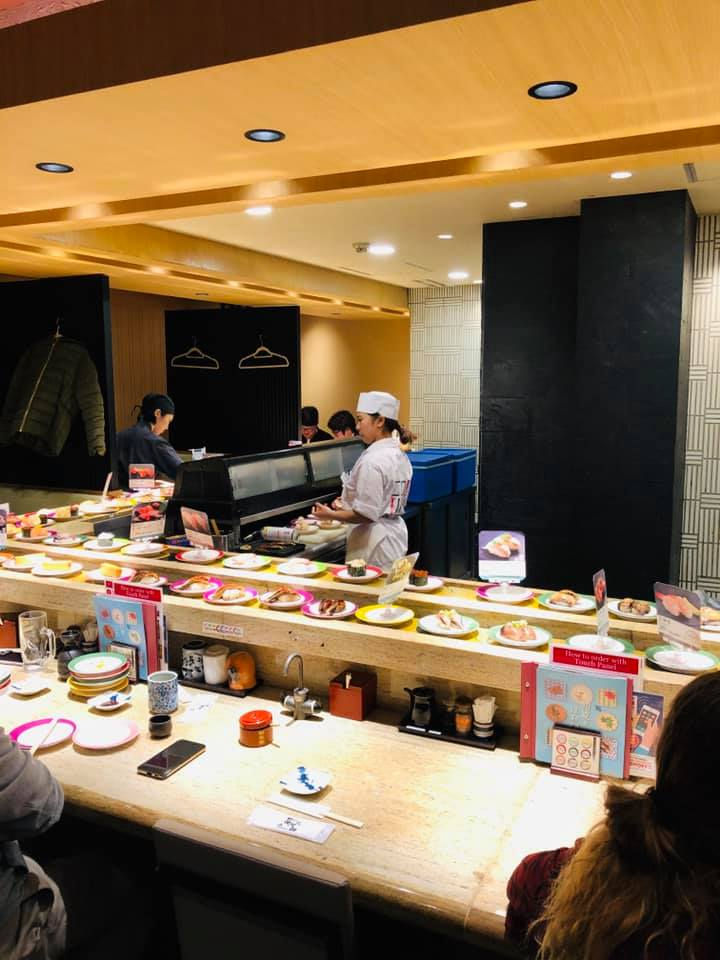
> Beef - Kobe beef/Wagyu [see our cooking class in Kyoto]
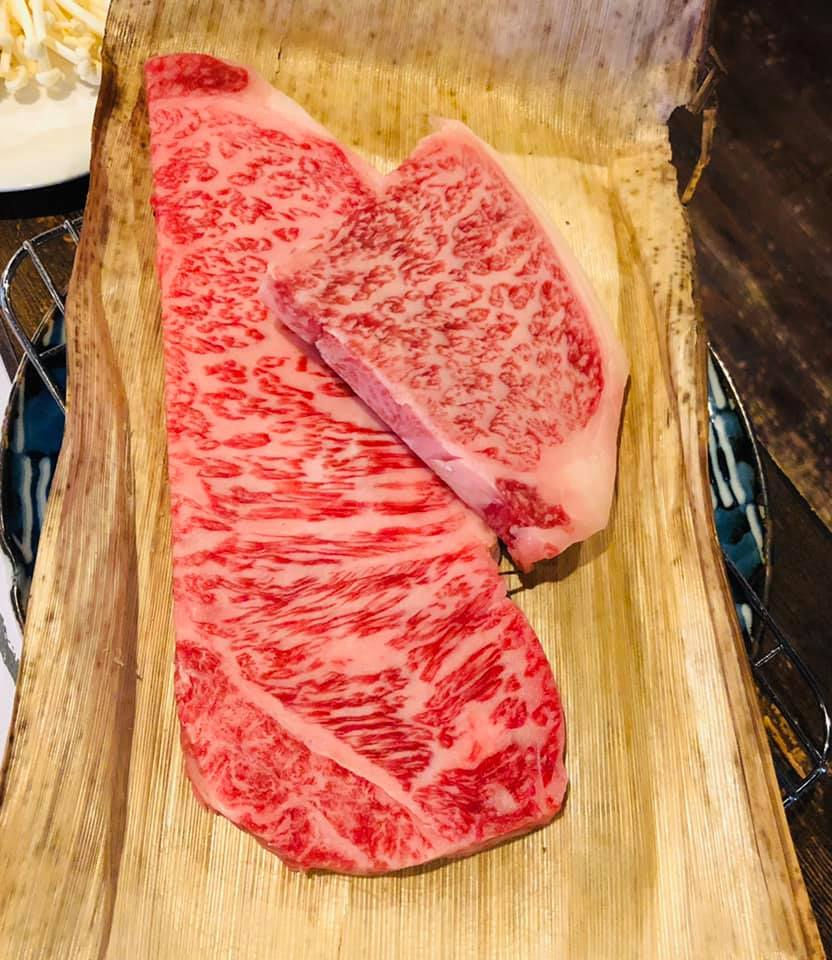
> Ramen (bowl of wheat noodles served in a soy sauce or miso soup mixed with many kinds of ingredients)
> Gyoza (meat or vegetables dumplings)
> Yakitori (chicken) skewers/brochettes
> Udon (wheat floor) /Soba (buckwheat flour) noodles

Fresh Soba (Takayama)
> Tempura (fried/battered fish, seafood or vegetables)
> Sukiyaki (one-pot dish of beef, vegetables, and tofu cooked with a sweet soy sauce broth in a shallow cast iron pot)
> Shabu-shabu (hotpot dish of thinly sliced meat and vegetables boiled in water and served with dipping sauces)
> Miso soup (made from dashi)
> Katsu curry
> Okonomiyaki (Osaka specialty) (similar to a pancake but typically made with flour, yam and egg with some additions e.g. shrimps, spring onions; on the top they add a Japanese mayo)
> Onigiri (rice balls seasoned in many kinds of ways; very popular snack)
> Takoyaki (Osaka specialty - you will find plenty of shops in the main stripe) (ball snack typically filled with octopus)
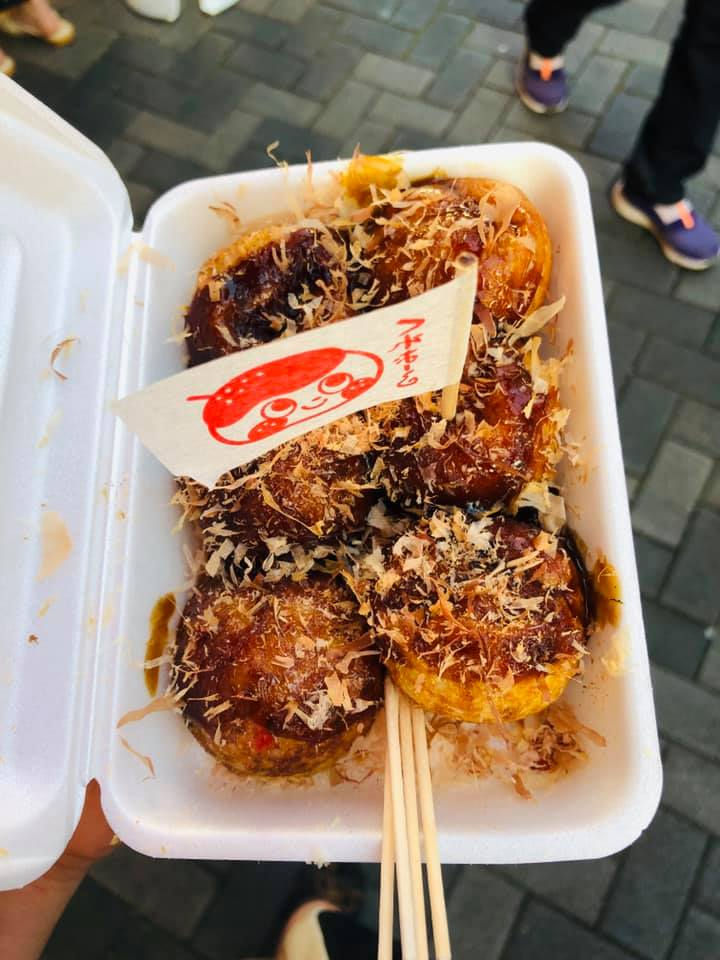
The rice is in every meal, from breakfast to dinner! Also, Japanese do not cook rice as a side to come along with a main ingredient but this is the contrary. They have rice (in the first place) with chicken or vegetables etc.
Note that in Japan, the sound you make when eating shows that the meal is good!
6/ How to use the public transport in Japan?
WHICH PASSES? WHEN TO BUY THEM?
> For long distances e.g. Tokyo to Kyoto/Osaka etc. the JR Shinkansen train is definitely the best option. You can buy different passes (7, 14 or 21 days). Note that the pass is very expense and can only be bought in advance from your original country so you will need to plan a little bit your trip. Once you exchange your voucher in Japan, this is highly recommended to book your tickets/seats (some trains sold out when we were there!)
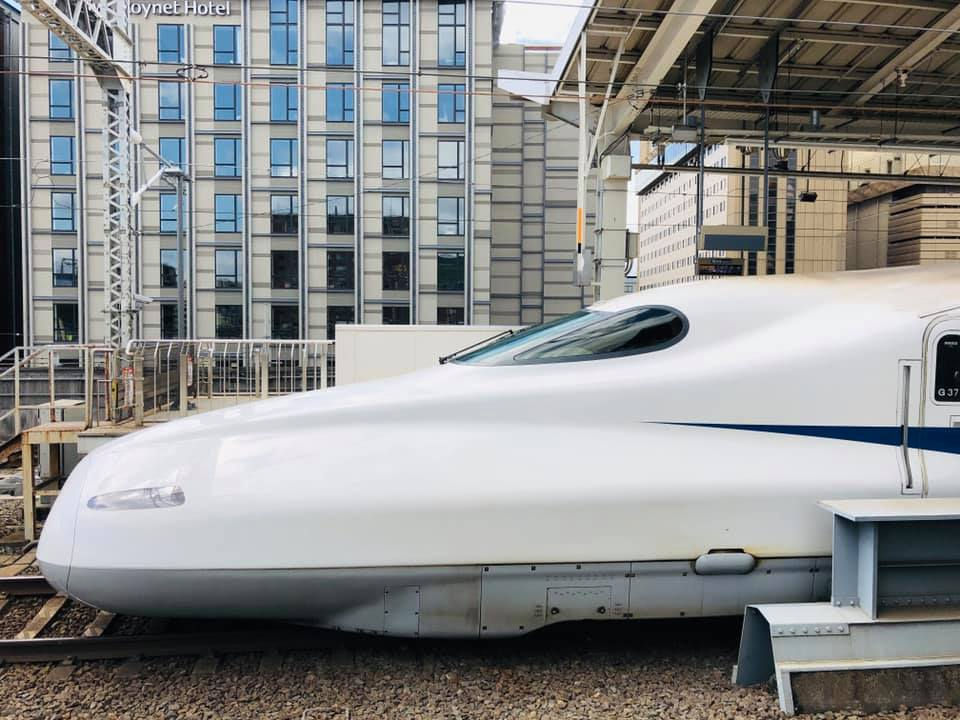
> For medium distances e.g. Kyoto-Osaka-Nara etc. I would recommend you to look at the regional options. It may not be worth paying for the JR Pass while you can get cheap local tickets (buy them once in Japan)
> Within cities - depending on your appetite to walk versus using transports, you may want to buy an unlimited pass for a number of days. This is worth doing some quick maths though.
TOKYO
Tokyo underground stations can be quite a bit overwhelming - especially if you are not used to busy public transport... Try to use CityMapper or Google map to find out which is the good entrance/exit to use. Also make sure you are clear on what company & what line you want to take... E.g. JR or Metro Tokyo etc. Once you go into the Tokyo underground corridors, there will be various entrances and ticket vending machines (each company is selling separate tickets...). Good luck!
BUSES IN KYOTO (and probably elsewhere!)
When you intend to take a bus in Tokyo, you only pay when you exit it. Do not worry about paying or buying a ticket, just get in (through the back door please!). Btw this is a flat fee at 230 Yens per adult so you will pay the same price if you go for 1 stop or 10 stops. Very important though, you will need to have the exact change in order to pay when you exit the bus - always from the front door (you will pay placing the exact change into the machine next to the driver). Do not slow down the whole line or local people will be quite annoyed! If you do not have the exact change, you need to go in the front during a stop/red traffic light to make some changes at the automatic machine (next to the driver). The machine gives change for 100/500 Yens coins and 1,000 Yens notes.
OTHERS
Japanese people are very organised and pragmatic. While most public transport will be extremely busy, Japanese have tried to make it easier by creating some lines on the floor and some implicit rules. There is a line when waiting in the bus stop, you cannot suddenly arrive and go in front of the line (watch out!). During peak hours, you may notice that some underground cards (pink) may be reserved only for women. More generally you will find in the underground platforms some lines to wait for the next train. First come first served! This is quite appreciable as it removes some extra stress...
Additional recommendations before your trip to Japan:
> If you speak/understand French, I highly recommend you to watch the episode 'Le Japon des Cerisiers en fleurs' of the famous French show Echappees Belles . My friend Ismael is sharing his amazing experience in Japan (2019): https://www.youtube.com/watch?v=s6-QPsU6qZw















Comments